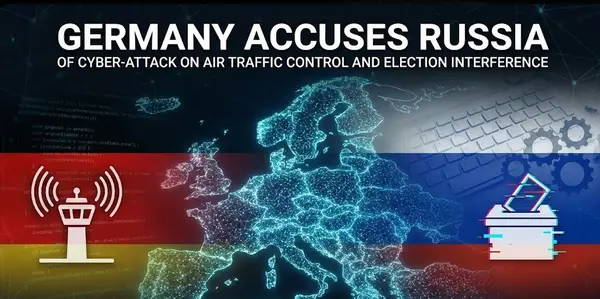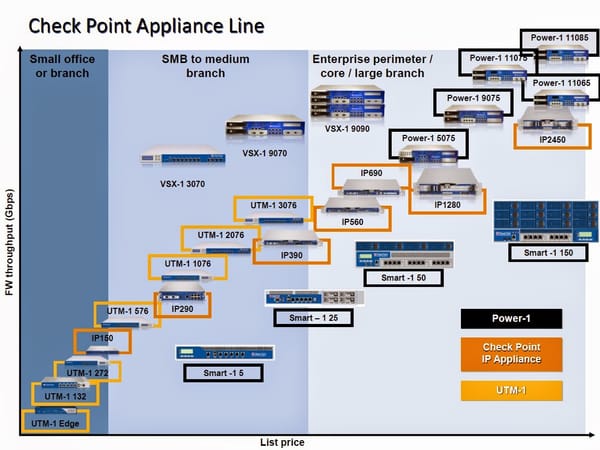Introducing the US State Breach Notification Requirements Tracker: Your Comprehensive Compliance Tool
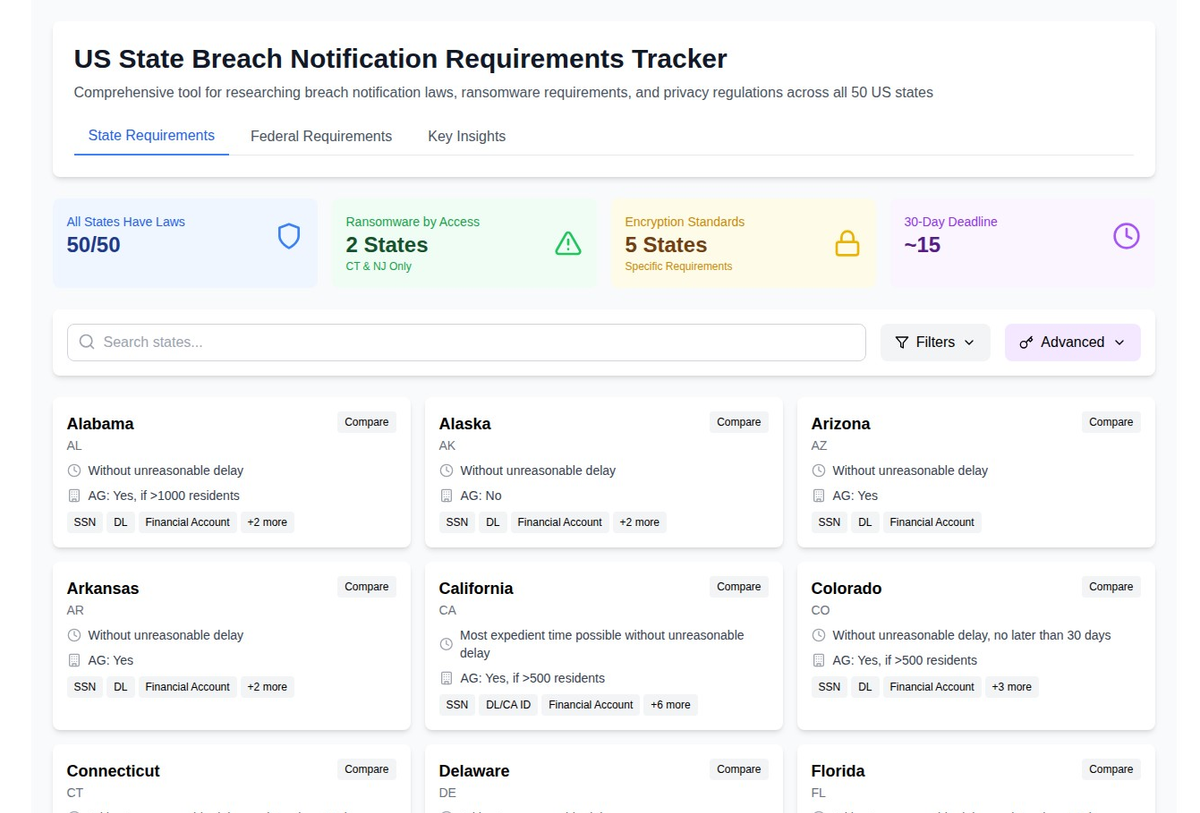
In today's digital landscape, data breaches are not a matter of if, but when. With all 50 US states having enacted their own breach notification laws, alongside multiple federal requirements, navigating the complex web of compliance obligations has become a significant challenge for organizations of all sizes.
We're excited to announce the launch of our comprehensive US State Breach Notification Requirements Tracker, a free tool designed to help organizations understand and comply with the ever-evolving landscape of breach notification laws across the United States.
Why We Built This Tool
Our research revealed several critical gaps in how organizations approach breach notification compliance:
- Ransomware Coverage Gap: Only Connecticut and New Jersey require notification based on access alone, leaving 48 states with potential gaps in ransomware incident reporting
- Encryption Standard Variations: States have wildly different encryption requirements, from "generally accepted" to specific 128-bit standards
- Timeline Confusion: Notification deadlines range from vague "without unreasonable delay" to strict 30-day requirements
- Overlapping Requirements: Organizations often struggle to understand when federal laws like HIPAA, GLBA, or CIRCIA apply alongside state requirements
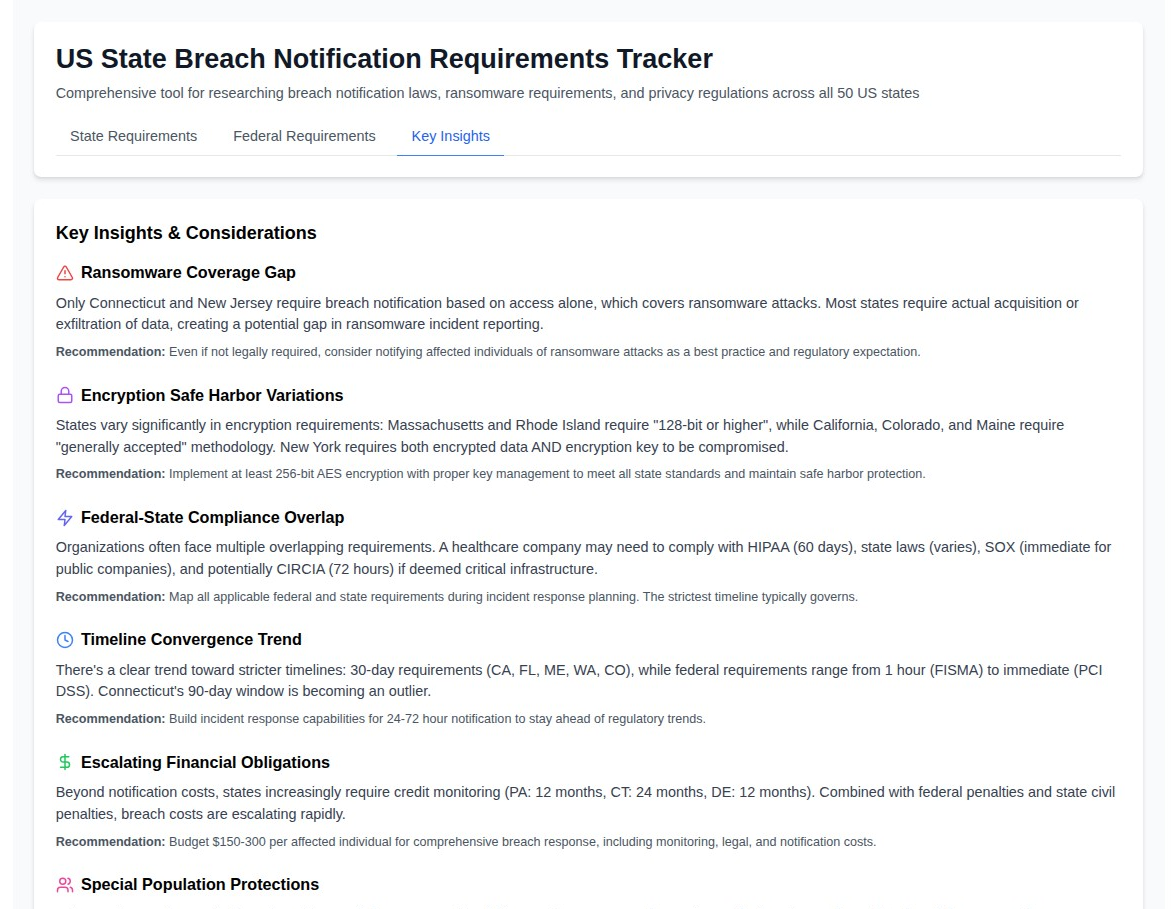
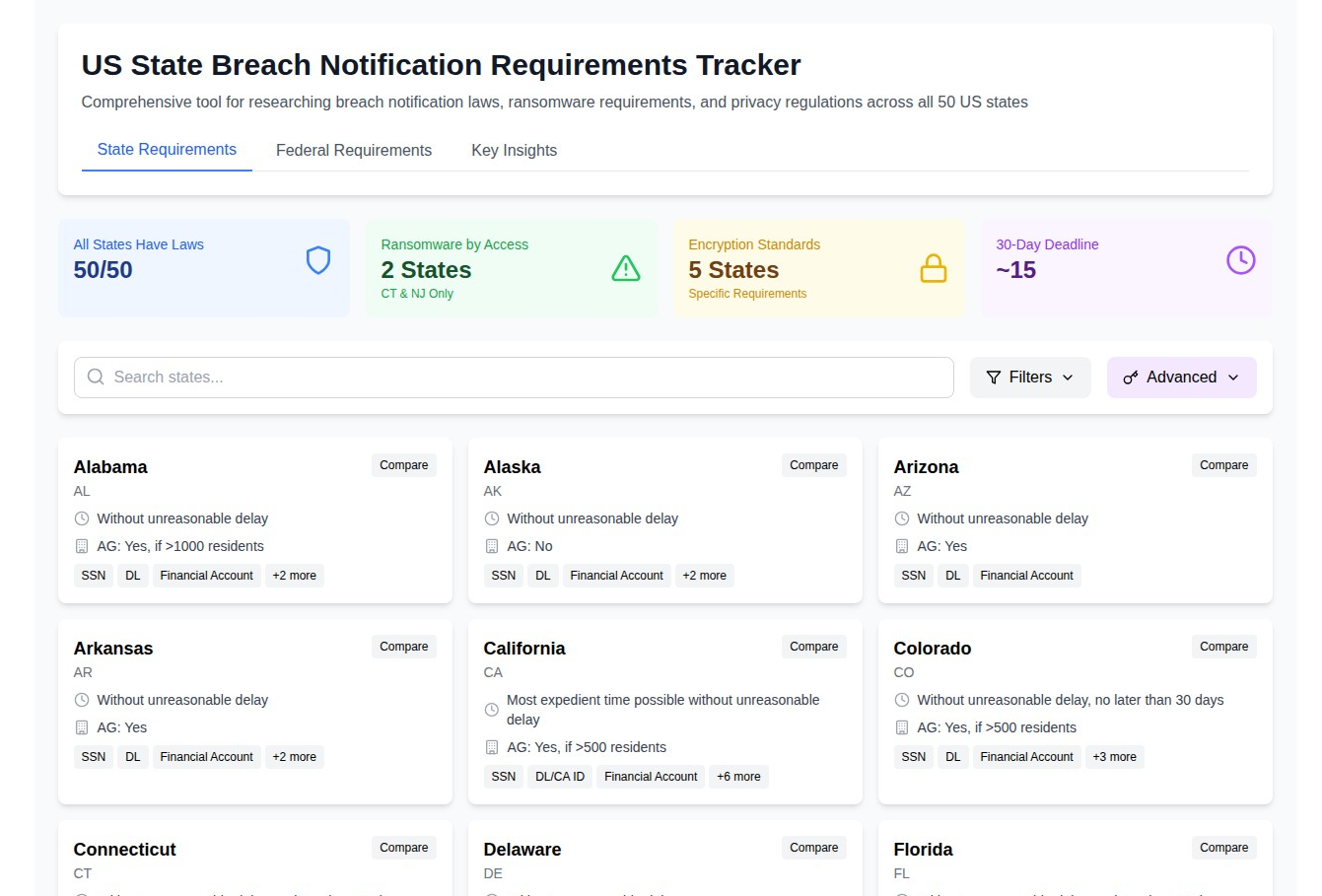
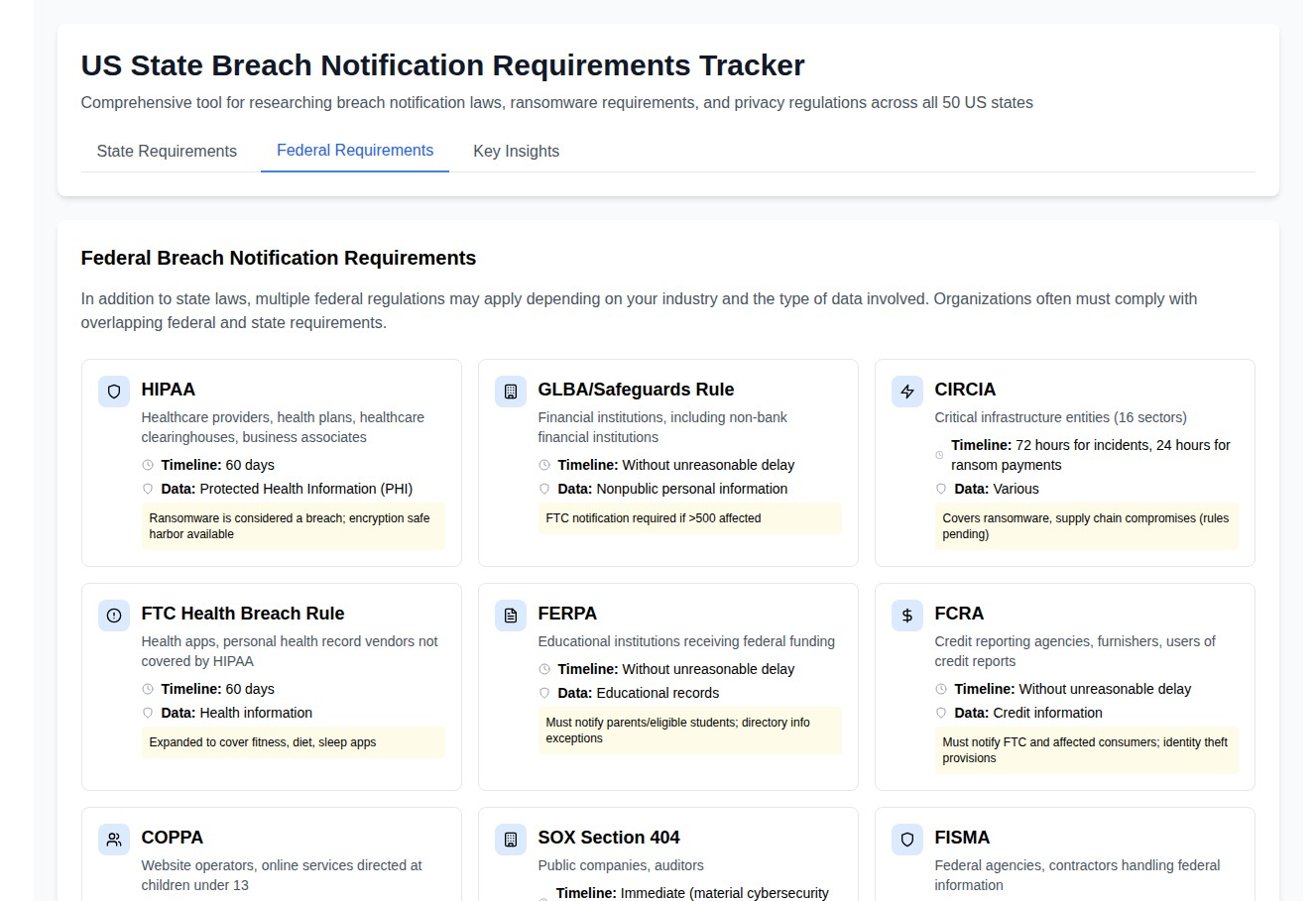
Key Features of the Tracker
1. Complete State-by-State Analysis
Our tool provides detailed information for all 50 states, including:
- Notification timelines and deadlines
- Attorney General notification requirements
- Credit bureau notification thresholds
- Types of personally identifiable information (PII) covered
- Penalties for non-compliance
- Special requirements unique to each state
2. Advanced Filtering and Comparison
- Compare up to 4 states side-by-side
- Filter states by specific requirements (strict timelines, AG notification, ransomware coverage)
- Search functionality for quick state lookup
- Visual indicators for special features like encryption standards and harm thresholds
3. Federal Requirements Integration
Beyond state laws, we've included comprehensive coverage of federal requirements:
- HIPAA: 60-day notification, ransomware as breach
- GLBA/Safeguards Rule: FTC notification for 500+ affected
- CIRCIA: 72-hour incident reporting for critical infrastructure (pending)
- FTC Health Breach Rule: Expanded to cover fitness and wellness apps
4. Actionable Insights Dashboard
Our Key Insights tab provides:
- Critical gap analysis (ransomware, encryption, timelines)
- Best practice recommendations
- Cost planning guidance ($150-300 per affected individual)
- Compliance overlap mapping
Key Findings from Our Research
The Ransomware Blindspot
With only 2 states requiring notification for ransomware attacks that don't involve data exfiltration, organizations face a significant compliance and reputational risk. Our recommendation: notify affected individuals of ransomware attacks as a best practice, even when not legally required.
The Encryption Puzzle
States can't agree on encryption standards:
- Massachusetts & Rhode Island: 128-bit or higher
- California, Colorado & Maine: "Generally accepted methodology"
- New York: Requires both encrypted data AND encryption key compromise
Our recommendation: Implement 256-bit AES encryption to exceed all state requirements.
The Timeline Crunch
While some states allow "reasonable" time, others demand action within 30 days. The strictest federal requirement? FISMA's 1-hour notification for major incidents at federal agencies.
Escalating Costs
Beyond notification expenses, states increasingly mandate credit monitoring:
- Pennsylvania: 12 months for SSN/DL/bank account breaches
- Connecticut: 24 months minimum
- Delaware: 12 months
Combined with potential penalties and legal costs, organizations should budget $150-300 per affected individual.
Who Should Use This Tool?
- Privacy Officers & Compliance Teams: Ensure your incident response plans meet all applicable requirements
- Legal Counsel: Quickly reference specific state requirements during breach response
- Risk Managers: Understand potential costs and compliance obligations
- IT Security Teams: Align security controls with regulatory requirements
- Third-Party Service Providers: Understand your notification obligations to clients
Looking Ahead
Data breach notification laws continue to evolve. Recent trends include:
- Shorter notification windows
- Expanded PII definitions (biometrics, genetic data)
- Higher penalties for non-compliance
- Specific requirements for ransomware and supply chain incidents
Our tool will be regularly updated to reflect these changes, ensuring you always have access to current requirements.
Get Started Today
Visit our US State Breach Notification Requirements Tracker to explore the tool and ensure your organization is prepared for breach response across all jurisdictions.
Remember: This tool provides general information and should not substitute for legal advice. Always consult with qualified counsel for specific breach incidents.
About Breached.Company: We provide tools and resources to help organizations navigate the complex landscape of data breach response and compliance.




